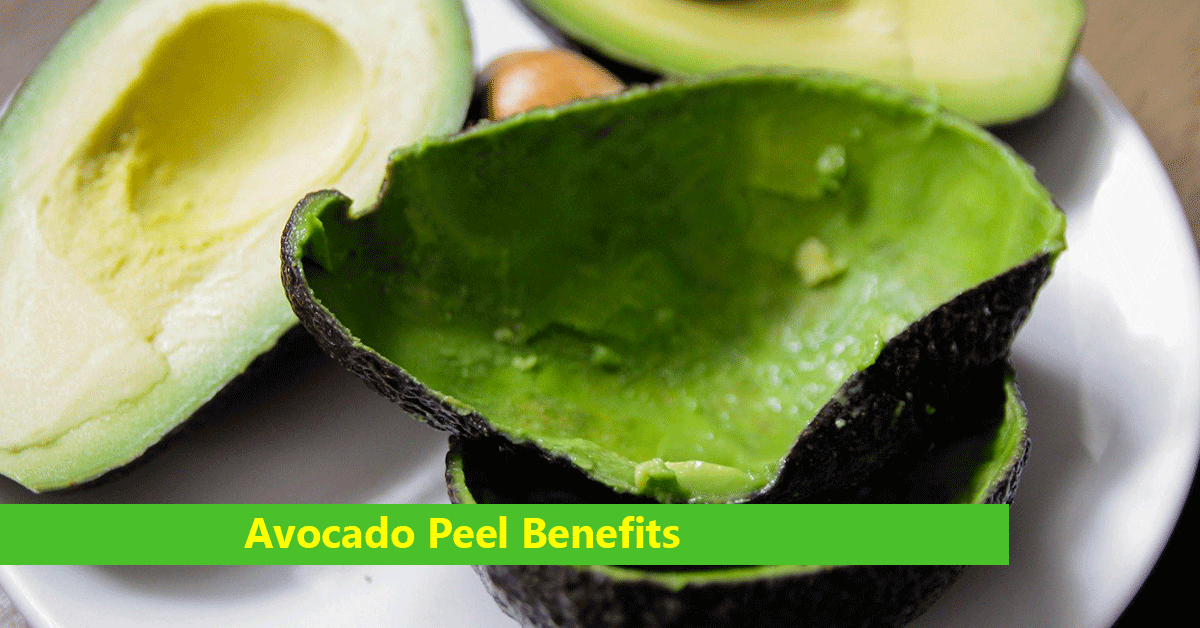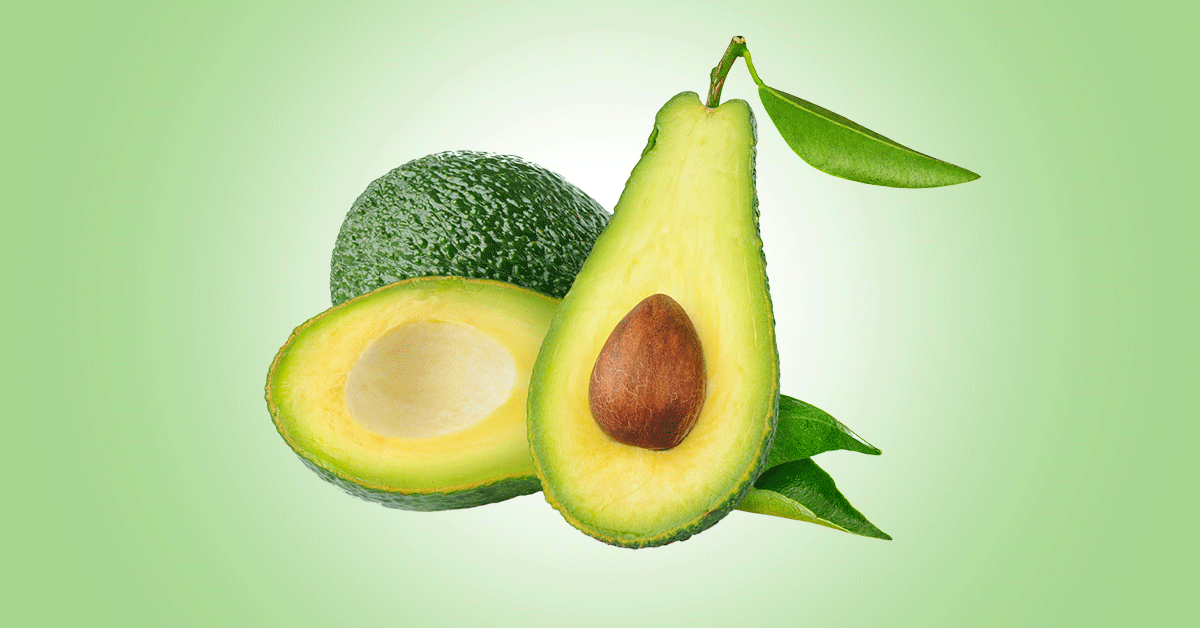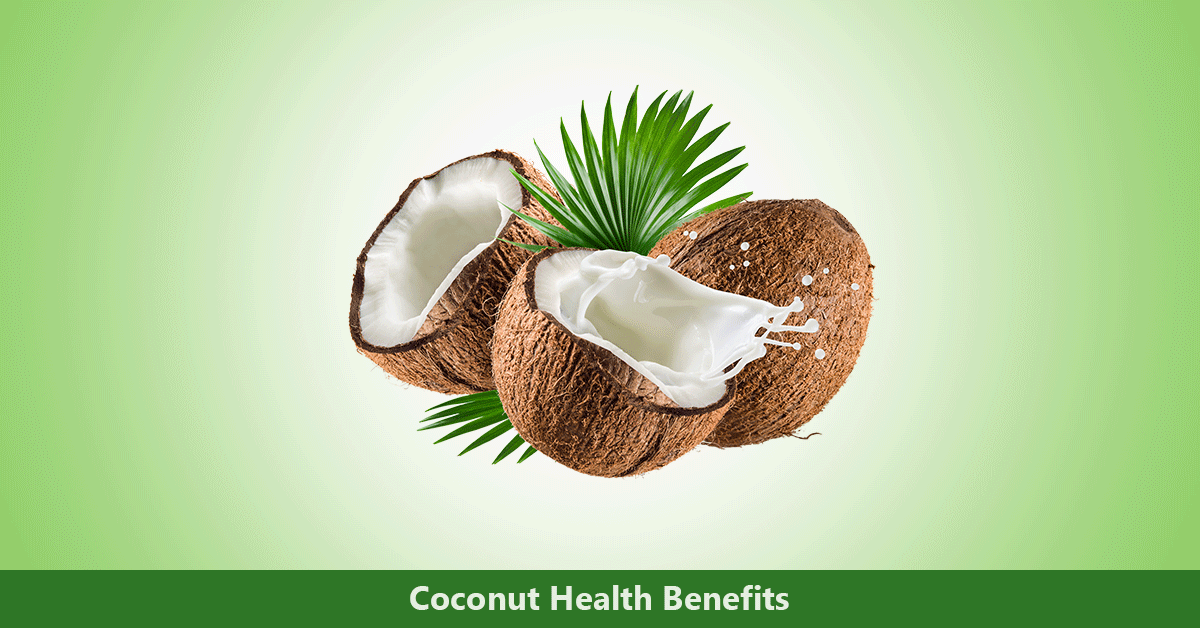Avocado is an edible tropical fruit which contains high content of phytochemicals and nutritional value. The avocado peel and seed are a byproduct of the avocado, and accounts for 30% of the fresh fruit. The peel is about 18% of the fresh fruit weight.
Avocado, also called alligator pear, butter pear and vegetable pear, is a dicotyledonous evergreen plant (Lauraceae family) which originates from Mexico. The fruit is a berry with a big central seed, a pericarp with a skin (exocarp), an edible part (mesocarp) and the covering layer of the seed (endocarp).
Avocado contains nutrients like unsaturated fatty acids, dietary fiber, vitamin C, B and E, and phytochemicals like lutein, pigments (carotenoids, chlorophylls, and anthocyanins), and phenolic compounds. The avocado peel contains proteins (4-8.3%), carbohydrates (62-73.3%), lipids (4.4-9.1%) and fibers (almost 50%), and phytochemicals (phenols and antioxidants).
The avocado peel has antimicrobial, antibiotic and anti-inflammatory effects.
Constituent of Avocado Peel
Avocado peel contains 5.7 to 76.9% moisture, 0.75 to 1.6% ash, 1.51 to 6.3% protein, 2.89 to 11.04% total lipids, 20.8% nitrogen-free extract, and 6.85 to 56.9% fiber
Avocado peel contains a high phenol quantity, much higher than other fruits like banana, melon, papaya, watermelon, pineapple, blueberries.
The polyphenols are of major groups such as hydroxycinnamic acids, flavonols, and flavan-3-ols. Another group of phenolic compounds called procyanidins (type A, and B)
- Hydroxycinnamic acids: Chlorogenic acid
- Flavonols: Quercetin derivatives, rutin
- Flavan-3-ol monomers: epicatechin, catechin
- Flavan-3-ol dimers: procyanidin dimer A, B
- Pigments: Chlorophyll α, β
Health Benefits of Avocado Peel
Antioxidant property:
The peel contains polyphenols like procyanidins, chlorogenic acid, pigments like chlorophyll, flavonoids such as flavonols. These antioxidant compounds have radical scavenging properties and helps to prevent diseases such as heart diseases, cancer, and neurodegenerative conditions.
Additionally, the peel extract inhibits protein and lipid oxidation. As a preservative, it can aid in prevention of color discoloration in meat products.
Antidiabetic effect:
Polyphenols in avocado, such as syringic acid, kaempferol, catechin, epicatechin, apigenin, eugenol, epigallocatechin, exhibit antidiabetic activity in vivo by inhibition of α-amylase and α-glucosidase activities.
Antimicrobial activity:
Avocado peel extract has antimicrobial activity against microbes such as Staphylococcus epidermidis, Staphylococcus aureus, Escherichia coli, Listeria innocua, Lactobacillus sakei, Leuconostoc mesenteroides, and Weissella viridescens.
The peel extract also has activity against H. pylori due to the procyanidin content.
Anti-inflammatory activity:
The avocado peel contains phenolic compounds and antioxidants, which inhibit pro-inflammatory TNF-α and the inflammation mediator nitric oxide.
Some anti-inflammatory compounds include trans-5-O-caffeoyl-D-quinic acid, procyanidin B1, catechin, procyanidin B2, and epicatechin.
Preparation of Tea:
Dried avocado peel is used to make a beverage. This tea contains polyphenols and antioxidants, and is similar to mate tea. It does not lose its content during storage.
Use in cosmetic products:
Avocado peel can be incorporated in cosmetic products such as oil-in-water emulsions (better result than water-in-oil emulsions). It has antioxidant effect, and antibacterial activity. It can become a substitute to other synthetic additives in cosmetic preparations.
References:
- http://jfhs.scientificwebjournals.com/tr/download/article-file/1246037
- https://www.redalyc.org/pdf/3032/303243563004.pdf
- https://www.mdpi.com/1420-3049/27/6/1782
- https://repositorio.uchile.cl/bitstream/handle/2250/174768/Pulp-Leaf-Peel.pdf?sequence=1












